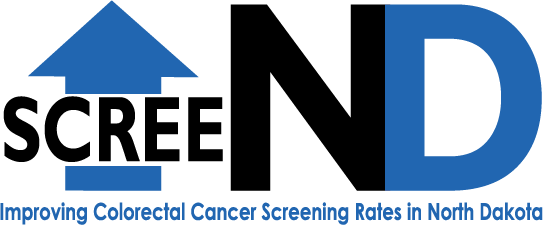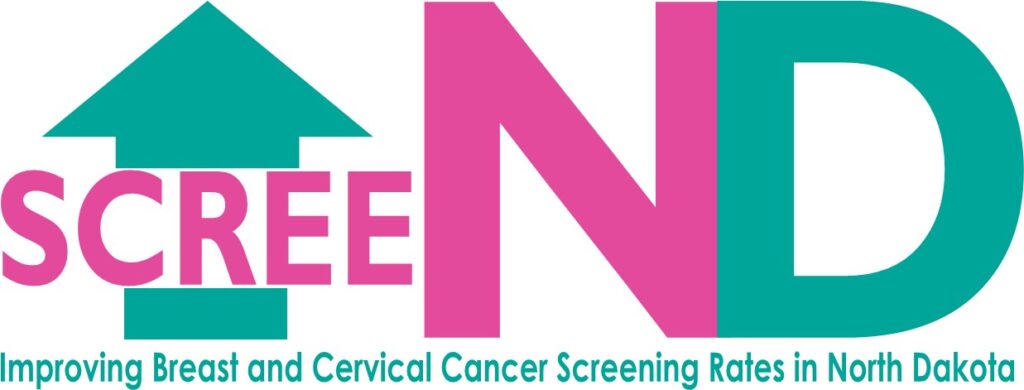
The Changing Health Systems to Increase Colorectal Cancer Screening program, led by Quality Health Associates of North Dakota (QHA), works to improve colorectal cancer (CRC) screening rates across North Dakota—especially among underserved and tribal communities.
QHA supports clinics through evidence-based interventions such as:
- Patient Reminders
- Provider Reminders
- Reducing Structural Barriers
- Provider Assessment and Feedback
Clinics also receive hands-on assistance with data tracking, quality improvement, and tailored action plans designed to fit their specific needs.
By helping clinics strengthen their systems and engage patients, this initiative aims to increase screening rates, detect cancer earlier, and reduce deaths from colorectal cancer in North Dakota’s most at-risk communities.
This initiative is funded by the Centers for Disease Control and Prevention (CDC).

Quality Health Associates of North Dakota (QHA) is partnering with North Dakota Health and Human Services (ND HHS) and North Dakota’s primary care clinics to increase breast and cervical cancer screening rates with initial focus in primary care clinics or community health centers or areas of late-stage diagnosis.
QHA will assist participating clinics using the following strategies:
- Facilitate completion of a comprehensive readiness assessment
- Provide site visits and coaching calls to assess progress, identify barriers, and develop mitigation strategies
- Guide the development of clinic-specific action plans for implementing at least two evidence-based interventions (EBIs) to address breast and cervical screening
- Advise clinic staff in leveraging their electronic health records (EHRs) to collect and report breast and cervical screening program measures
- Share resources, tools, and materials